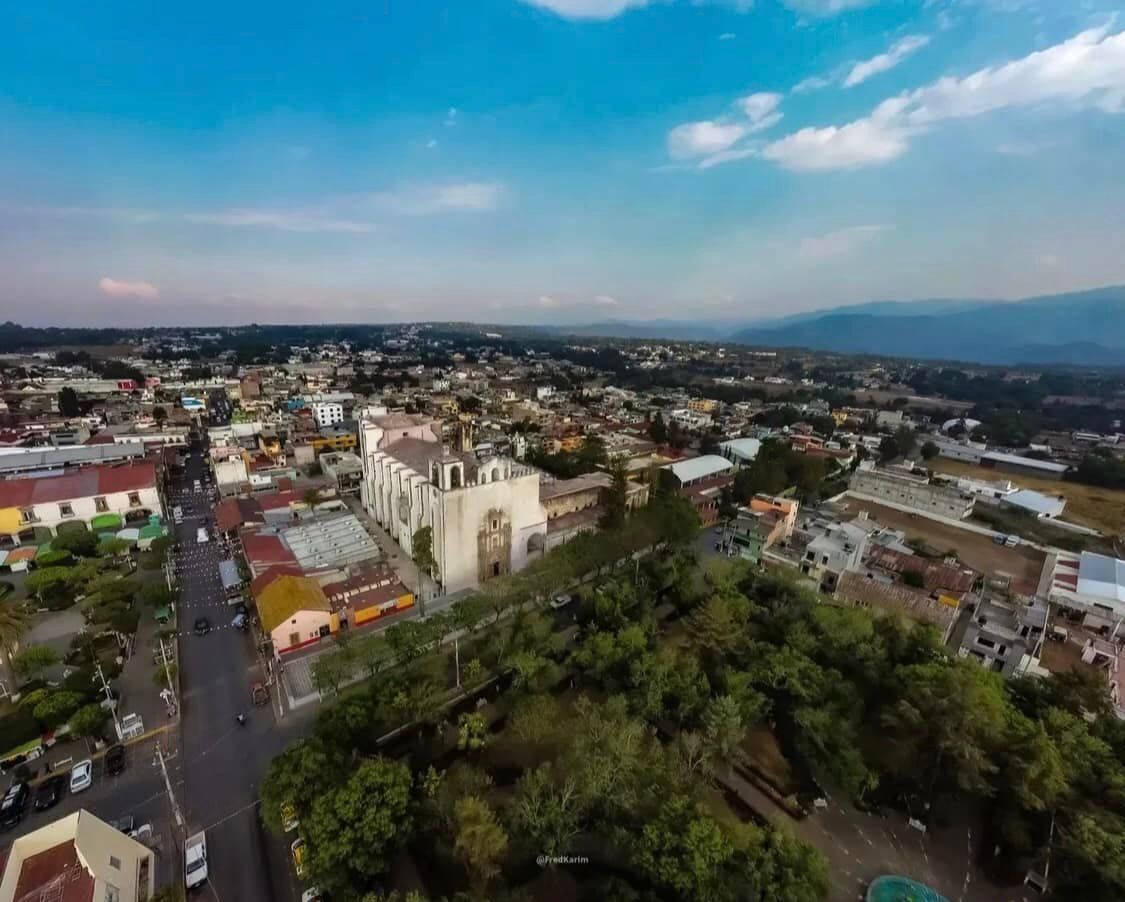Atotonilco el Grande: A Unique Destination for the Outdoor Tourist
When you visit Atotonilco el Grande, you will realize that the splendor of history rises majestically before the wonders that this land possesses. It is a territory with an enormous diversity of natural beauties, also inhabited by cheerful and hospitable people always ready to welcome tourists.





